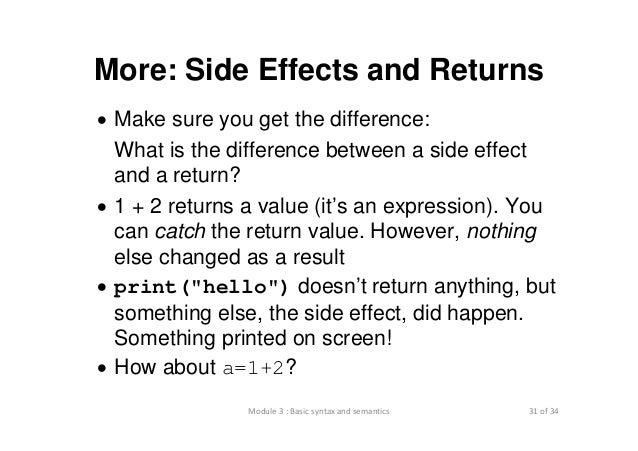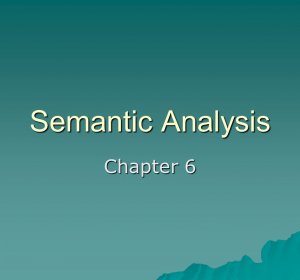
no references to EANCOM® or GS1 XML may be included). The name must be syntax independent (e.g. Such references should be listed in another field such as a comment included in the semantic description of a business document. The name must not contain references to other business data terms, code lists, standards (e.g. The name must be as generic as possible (makes it useful in different context), but without losing meaning and without violating R9.

The name may not be designed in a way that allows it to be used for multiple purposes. The name must be designed in a way that it is clear for what piece of information (data) it is to be used. The name may not contain abbreviations or acronyms except for those business data terms and business data term groups described in sections 3.3.1 and 3.3.2. The business data term and group name must be kept as shorter as possible. The name must be business oriented and non-technical. Only the first word in the name must start with a capital letter except for proper nouns. The following general writing rules apply for naming a business data term and a business data term group. ■ SDD-ID: ID used to identify this Business data term or business data term group.Ģ.2 Notes expressing the Context field for a specific document model ■ GDD Example: Information about the example inside GDD. ■ GDD Definition: Information about the GDD Name. ■ GDD Name: Name of the GDD data term used for the creation of the business data term. ■ Version: Current version of the business data term or group. □ Examples: Post office box number and “P.O. ■ Synonyms: Business data terms that have the same meaning and definition ■ Status: The status assigned to the business data term or group. ■ Link to used code list: URL of the code list. ■ Example: Concrete example of the use of the business data term or group. ■ Reference Definition: Used when there is a definition from a specific source which are relevant to include for a specific BDT.

□ Examples: “To be used in addition to GS1 Global Product Classification standard.” ■ Usage rule: Description of how to use the business data term or group. □ Examples:” Mandatory if code "2" or "3" are entered in the business data term "EU unique identifier type code".” ■ Business rule: Description of the reason why the business data term or group must be used in response to business or legal requirement.

■ Definition: Description of the business data term or business data term group. ■ Name: Name of the business data term or business data term group.


 0 kommentar(er)
0 kommentar(er)
